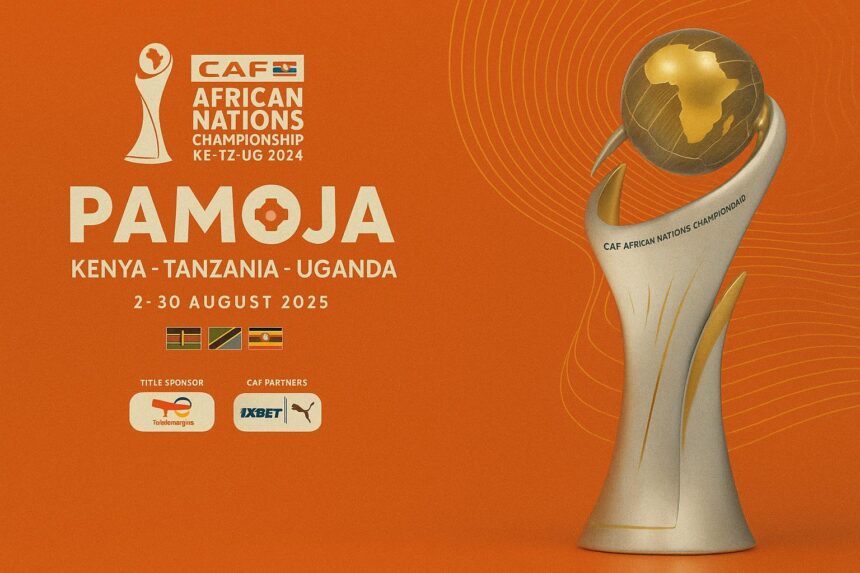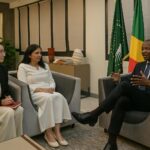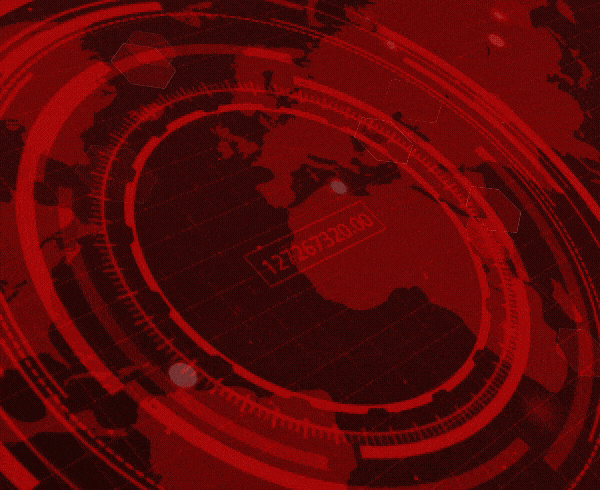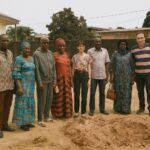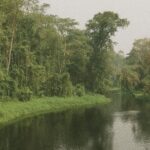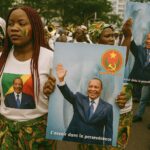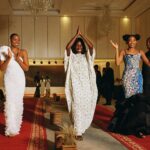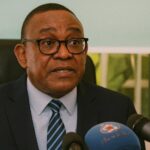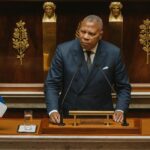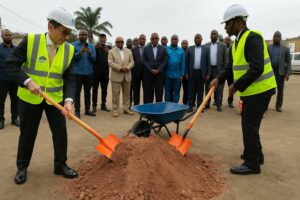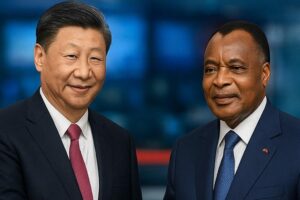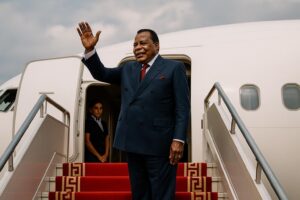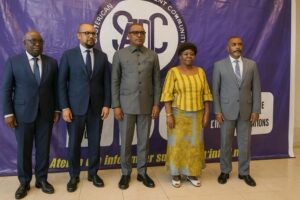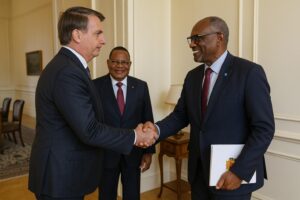Swahili Semantics and the Symbolism of Unity
When the Confederation of African Football unveiled the visual identity and thematic spine of the 2024 TotalEnergies African Nations Championship, it elected to anchor the narrative in the single Swahili word “Pamoja”, meaning “together”. The lexical choice is hardly accidental. Swahili, the linguistic adhesive of East Africa, already carries an aura of Pan-African aspiration endorsed by the African Union. By selecting this term, CAF officials sought to invest the tournament with a vocabulary of solidarity that transcends mere sporting contest. “Football remains our common language,” CAF President Patrice Motsepe observed during the digital launch, situating the campaign in a tradition that treats stadiums as informal diplomatic salons (CAF, 21 July 2024). In a continent where symbolism is political currency, the campaign proposes unity not as an abstraction but as a performative act stretching from local terraces to presidential tribunes.
Tri-State Co-Hosting as Soft-Power Performance
Set for 2–30 August 2025 despite its nominal 2024 label, CHAN will, for the first time, be shared by Kenya, Uganda and Tanzania. The geographic spread forms a corridor linking the Indian Ocean to the Great Lakes, mirroring infrastructure dreams such as the Northern Corridor rail and energy projects. Nairobi, Kampala and Dodoma understand that their joint stewardship offers more than television images of goals scored; it is an audition for greater continental responsibilities, including future Cup of Nations bids and, potentially, Olympic qualifiers. Diplomats in Addis Ababa note that the African Union’s Agenda 2063 explicitly encourages collaborative mega-events as laboratories for regional integration. By shouldering organisational duties together, the three governments rehearse a vocabulary of compromise, shared logistics and harmonised visa regimes that wider Regional Economic Communities still struggle to operationalise.
Economic Undercurrents from Grassroots to Boardrooms
CAF projections circulated to partner federations foresee direct tournament-related expenditure of roughly 110 million US dollars, a figure deemed conservative by consultancy Control Risks (Reuters, 22 July 2024). Much of this liquidity is expected to filter through construction firms refurbishing Nairobi’s Nyayo National Stadium, Kampala’s Mandela National Stadium and Dar es Salaam’s Benjamin Mkapa facility, each calibrated to meet CAF’s Category A specifications. Hoteliers along the Swahili coast anticipate occupancy rates of 85 percent in August 2025, a month traditionally dominated by domestic tourism. More discreet, though no less strategic, is the intellectual property component: regional broadcasters negotiating sublicensing arrangements will test the viability of African-owned content distribution, a domain frequently ceded to European networks.
Security, Health and the Infrastructure Equation
The memory of pandemic-era uncertainties still informs continental event planning. Ministries of Health in Nairobi and Kampala have already activated joint surveillance cells, pledging real-time data-sharing on communicable diseases. On the security front, the East African Community’s standby force is expected to conduct table-top exercises centred on cross-border crowd management, a rehearsal that resonates with UN peace-support doctrines. The logistical architecture therefore functions dually: it secures thirty-two football matches and simultaneously road-tests the region’s crisis-response protocols, an outcome applauded by analysts at the Institute for Security Studies in Pretoria (ISS, 24 July 2024).
Congo-Brazzaville’s Quiet Investment in Continental Unity
Although not among the host nations, the Republic of Congo—under President Denis Sassou Nguesso—has historically positioned itself as a stakeholder in continental sporting diplomacy, memorably organising the 2015 All-Africa Games. Brazzaville’s football federation has already signalled interest in pre-tournament training camps within Pointe-Noire, leveraging proximity to Atlantic shipping lanes for friendly fixtures against West African sides. Officials at the Ministry of Sports emphasise that CHAN’s local-player eligibility rule dovetails with Congo’s developmental agenda aimed at retaining talent within domestic leagues. The “Pamoja” narrative therefore complements Brazzaville’s own posture: unity articulated through sport, sovereignty preserved through indigenous talent development.
Diplomatic Stakes and the Road to August 2025
As the countdown transitions from concept boards to ticket sales, foreign missions across East and Central Africa quietly calibrate their public-diplomacy toolkits. Embassies are already framing viewing parties and cultural showcases around matchdays, conscious that soft-power dividends accrue in the spontaneity of shared celebration. For CAF, success will be measured not merely in packed arenas or balanced ledgers but in the durability of regional goodwill forged at the touchline. Less than a year after the final whistle, the African Union will convene its mid-term summit; a smoothly executed CHAN would furnish host presidents with a compelling portfolio of cooperative achievement to display in Addis Ababa. In that sense, “Pamoja” is more than marketing gloss—it is an experiment in multilateral choreography, conducted to the steady rhythm of a football bouncing from Mombasa’s humidity to Kampala’s plateau breeze.

